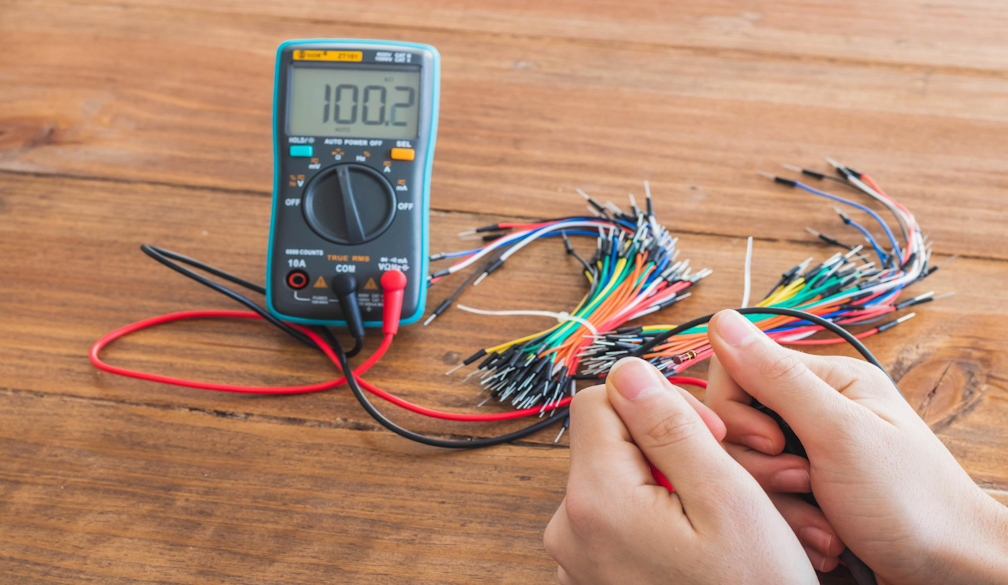Top 10 Common Electrical Issues and How to Resolve Them?

In many houses, electrical issues do arise. These problems can be anything from small annoyances to major threats to public safety. In order to protect your home and family from more harm, it is critical that you handle these issues immediately. Here we'll go over the top 10 electrical issues that homeowners face and how to fix them in depth.
1. Regular tripping of the circuit breaker
Having a circuit breaker that continually tripping is a typical electrical problem. The most common causes of this are circuit overloads and short circuits. Finding the specific electrical device or appliance that is triggering the overload is the first step in fixing the problem. You can try unplugging some devices or distributing the load over different circuits to see if it helps. Click here for electricians in Sydney to check out the circuit and fix it if the problem continues.
2. Lights that flicker
Lights that flicker point to a potential electrical issue, which may be quite frustrating. This problem can be caused by a broken switch, old light bulbs, or loose electrical connections. First things first: make sure all the electrical connections in the impacted region are tight. If the issue continues, you might want to think about getting new light fixtures or getting in touch with an electrician for help finding and fixing the source.
4. Problem with the power outlet
In most houses, you will find electrical outlets that are either broken or not working properly. A malfunctioning circuit breaker, frayed wires, or broken outlets could be to blame. First things first: make sure the circuit breaker hasn't tripped. If the circuit breaker appears to be in good working order, you can safely disconnect the electricity and check the outlet for any signs of damage or loose connections. You should click here for electricians in Sydney to fix or replace the broken outlet if you can't figure out what's wrong.
5. Exorbitant energy costs
An electrical problem may be to blame if you see an abrupt spike in your energy costs without a corresponding adjustment in your consumption. Outdated electrical appliances, insufficient insulation, or damaged wiring are common culprits. The first step in fixing this is to take stock of your energy consumption and upgrade any old appliances to more efficient ones. Reduce energy loss by making sure your home is well insulated. To find out what's wrong with the wiring, call an electrician if the problem continues.
6. Lights that don't work or switches that get stuck
Another common electrical issue in houses is broken outlets or switches. A dead outlet could be the result of a tripped circuit, damaged wires, or loose connections. To begin, make sure the circuit breaker has not been tripped. If the problem continues, disconnect the power and carefully check the outlet or switch for any signs of damage or loose connections. If you still can't get the problem fixed after trying these solutions, it's best to call an electrician.
7. Electrical equipment that overheat
If your electrical appliances start to overheat, it can be an indication of a more serious issue. This can be due to gadgets that are too old, damaged wiring, or circuits that are too busy. Stop using the device immediately and disconnect it from the power outlet if it starts to overheat. If the outlet is hot to the touch or appears damaged, you should inspect it. If the situation continues, it's best to seek the advice of an electrician who can diagnose and fix the root cause.
8. Regular light bulb replacements
There can be an electrical issue if you have to change the light bulbs all the time. Possible causes include weak connections, voltage fluctuations, or using high-wattage bulbs in low-wattage fixtures. First things first: check that the wattage you're using is compatible with the light fixture. Make sure all the connections are snug and secure. If the problem persists, it's best to have a professional electrician take a look at the wiring and fix any issues they find.
9. Power outlets in close proximity to bodies of water
To avoid electric shocks, homeowners should install protective plugs on electrical outlets that are close to water sources like sinks or showers. Ground Fault Circuit Interrupter (GFCI) outlets should be installed in any locations where outlets without them are present. To avoid electric shocks, these devices can detect when there is an imbalance in the electricity and immediately turn off the power. Installing GFCI outlets in these areas can be done by a licensed electrician for further safety.
10. Electrical systems that are too old
All sorts of electrical issues can arise in homes that have been wired in the past. A lack of safety features or an inability to handle current electrical loads could be issues with these systems. An electrical safety assessment should be scheduled with a licensed electrician if your home's electrical system is old and in need of replacement. They are able to evaluate the system, suggest improvements that are needed, and check that it complies with all safety regulations.











